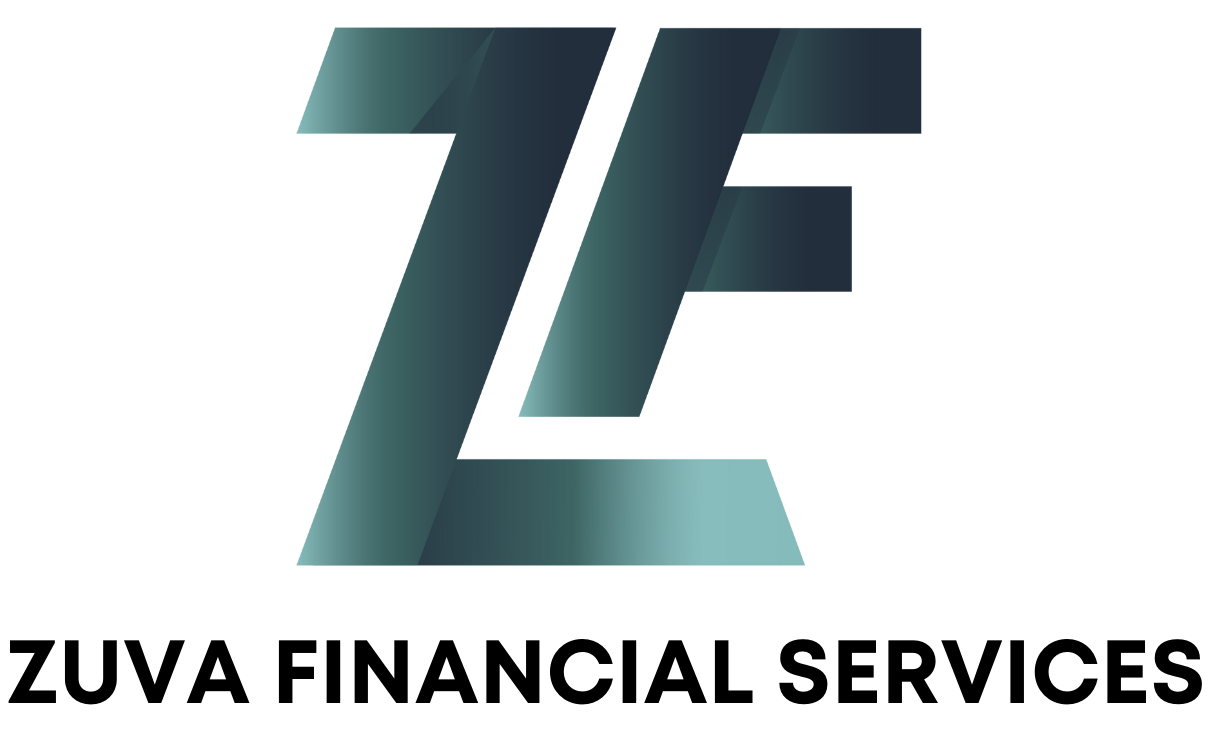While the primary reason for setting up your practice is patient care, managing the financial aspects of a medical practice is equally vital to ensure the long term viability of your practice. You need strong administrative skills, financial management, as well as systems and processes to run it successfully.
Cash flow and budgeting are similar concepts with slightly different nuances. Cash flow refers to the actual inflows and outflows of money, whereas budgeting involves planning for your income and expenses, as well as your capital requirements.
1. Cash Flow Management: Ensuring Liquidity and Financial Health
Cash flow management is crucial for keeping practice financially stable by ensuring that there is enough liquidity to meet your daily operational, regulatory and unexpected expenses.
Income Streams and Cash Inflows
What are your typical cash inflows as a medical practitioner?
- Direct receipts from patients.
- Medical Aid reimbursements – which can often involve delayed payments, adding complexity to cash flow management. It is critical to have a dedicated resource who will track and follow up on claims submitted to medical aids to avoid cash flow gaps.
- Locums or consulting services to other medical professionals or hospitals.
Key Expenses and Cash Outflows
Medical practices must handle several recurring expenses that affect cash flow, such as:
- Salaries and Wages, including PAYE (Pay As You Earn) for administrative staff, nurses, and other support personnel.
- Income Tax and VAT: Medical practitioners are required to pay income tax on their profits and may need to register for VAT if their revenue exceeds R1 million per annum. VAT is collected on applicable medical services and must be submitted to SARS at regular intervals (typically every 2 months). This can strain liquidity if not managed carefully.
- Medical Equipment and Fixed Assets: Investments in medical equipment, technology upgrades, and other fixed assets such as exam tables, diagnostic tools, or imaging machines are often significant capital expenditures. These can be funded through cash reserves, loans, or leasing arrangements, all of which impact cash flow.
- Insurance Premiums: Professional indemnity insurance (for malpractice cover), short-term insurance for property and equipment, and life/disability cover are crucial expenses for medical practitioners to protect their practice from potential lawsuits, equipment damage, or personal illness.
- Software and IT Expenses: Many practices use specialized medical software for Electronic Health Records (EHR), patient billing, and scheduling. Regular subscriptions to platforms like billing software or practice management software are common expenses.
- Rent and Utilities: Like any business, medical practices incur regular rental payments for their offices or clinics, alongside utilities such as electricity, water, and internet.
- Loan Repayments: Practices may need to take on debt to purchase medical equipment, expand their premises, or cover working capital gaps. Servicing these loans requires consistent cash flow management.
Strategies for Effective Cash Flow Management
- Regular Monitoring of Receivables: Ensuring timely collection of payments is critical. By automating invoicing and setting up reminders for outstanding balances, practitioners can avoid cash flow bottlenecks. This is particularly important when dealing with medical aids.
- Managing VAT and Income Tax Payments: Medical practices that are VAT-registered must file returns regularly, typically every two months. Setting aside funds for VAT and income tax ensures that your practice remains compliant and avoids penalties from the South African Revenue Service (SARS).
2. Budgeting and Forecasting: Planning for Future Financial Needs
Budgeting helps medical practitioners plan for upcoming expenses and revenue targets.
Creating your Budget
A medical practitioner’s budget is more than just a list of expenses—it’s a financial strategy that ensures resources are allocated efficiently.
- Revenue Planning: Estimating future income based on historical data, seasonality, and patient demand is the first step in creating a realistic budget. Factors like medical aid reimbursement rates, changes in regulations, and shifts in patient demographics should be considered.
- Fixed and Variable Costs: Your budget must differentiate between fixed costs (rent, insurance premiums, and salaries) and variable costs (medical supplies, utilities, and IT maintenance).
Professional Indemnity and Insurance Costs
For medical practitioners, professional indemnity insurance is crucial. This covers liability for claims arising from malpractice or negligence. The premiums for such cover vary depending on the level of risk associated with the medical services provided. Including these premiums in your budget protects the practice from unexpected financial liabilities.
In addition, budgeting for other types of insurance such as business interruption cover (to protect against loss of income due to unforeseen circumstances) and disability insurance (to protect the practitioner’s personal income) is essential for long-term financial security.
Conclusion: Building a Financially Resilient Practice
As a medical practitioner, you face unique financial pressures, from regulatory requirements to the high cost of medical equipment and professional indemnity insurance. By implementing robust cash flow management strategies and carefully budgeting for future needs, you can ensure that your practice remains financially resilient.
And of course, I cannot over-emphasise the value of securing the services of a capable accountant who is also a tax practitioner. Their experience will provide the much-needed support your practice needs in order to thrive and allow you to focus on running your business.
Want to consult with an experienced accountant in South Africa? Contact Zuva Financial Services today.





